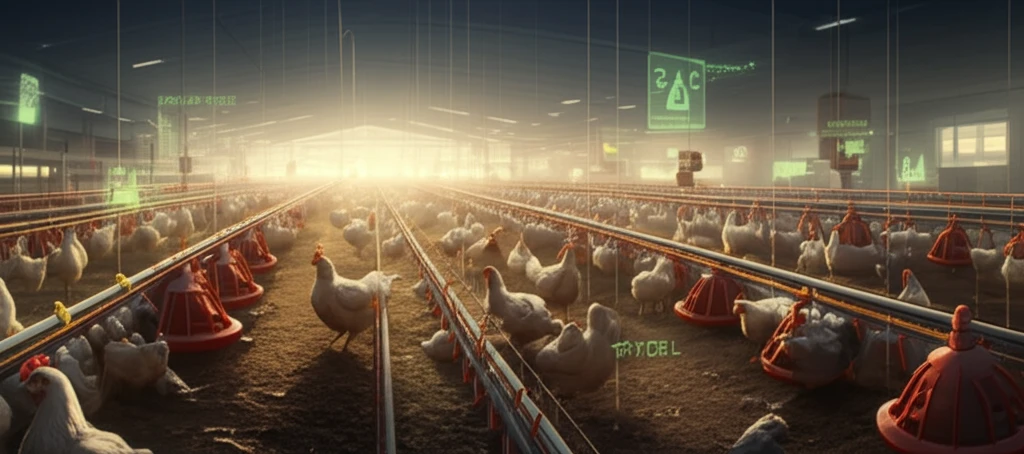
Unlock Broiler Breeding Secrets: How Data Mining is Revolutionizing Poultry Farming
"Discover how data mining techniques, combined with observational studies, are transforming broiler breeding for improved efficiency and predictability."
In today's competitive poultry industry, extracting valuable insights from vast amounts of historical data is crucial for optimizing production and management. Modern poultry breeding companies are increasingly turning to data mining techniques to unlock hidden patterns and improve their operations. This approach enables informed decisions, leading to greater efficiency and profitability.
However, analyzing poultry raising data presents unique challenges. The complexity and uncertainty introduced by environmental and physiological factors make it difficult to discern meaningful trends. Traditional methods often fall short in capturing the intricate interplay of variables that influence broiler growth and performance. As a result, a more sophisticated approach is needed to navigate these complexities.
This article explores the innovative application of data mining based on observational studies in broiler breeding. By systematically analyzing observational data with statistical analysis and data mining technologies, including macro analysis, exploratory data analysis, and modeling and prediction, poultry farmers can gain a deeper understanding of seasonal influences and optimize their breeding strategies.
Decoding Seasonal Influences: How Observational Studies Enhance Broiler Breeding

Observational studies provide a powerful method for understanding the impact of seasonal changes on broiler growth. Unlike controlled experiments, observational studies analyze data as it naturally occurs, capturing the real-world conditions experienced by poultry. This approach is particularly valuable in broiler breeding, where environmental factors play a significant role.
- Macro Analysis: Examines overall trends in broiler performance across different seasons and years.
- Exploratory Data Analysis: Uses data visualization and statistical techniques to uncover patterns and relationships within the data.
- Modeling and Prediction: Develops predictive models to forecast broiler performance based on seasonal factors.
Future Directions: Harnessing the Power of Data for Sustainable Poultry Farming
The application of data mining in broiler breeding is still in its early stages, but the potential benefits are immense. As technology advances and more data becomes available, we can expect to see even more sophisticated applications of data mining in the poultry industry. This includes the use of machine learning algorithms to develop personalized breeding strategies, optimize feed formulations, and predict disease outbreaks. By harnessing the power of data, poultry farmers can create more sustainable, efficient, and profitable operations.
